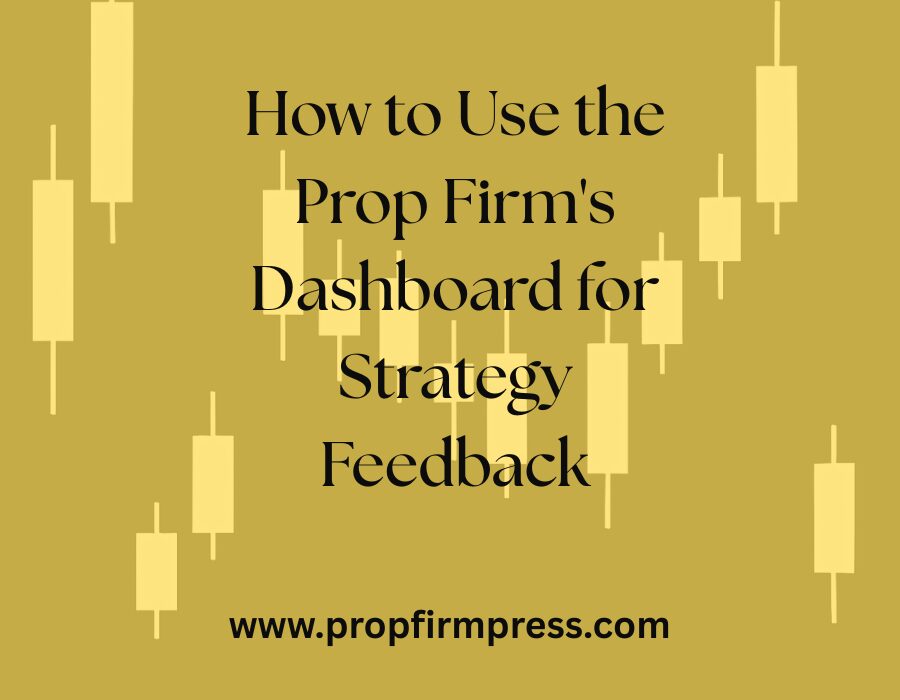How to Use the Prop Firm’s Dashboard for Strategy Feedback
Many traders overlook one of the most powerful tools at their disposal during a prop firm challenge—the dashboard. Every major prop firm offers a trader dashboard to track evaluation metrics. But beyond simple tracking, these dashboards can provide valuable insights into your strategy’s effectiveness.
What Is a Trader Dashboard?
A trader dashboard is a real-time interface provided by prop firms that shows your current evaluation stats. This includes:
- Daily profit/loss
- Overall profit/loss
- Drawdown level
- Number of trading days
- Consistency score (if applicable)
Firms like Prop Shop Traders and Instant Funding have detailed dashboards that can serve as a mirror to your discipline and strategy performance.
Look for Behavioral Patterns
Check your dashboard at the end of each trading day. Look for these signs:
- Are you profitable only on Mondays?
- Do you lose most of your profits on Friday afternoons?
- Does your performance dip after a big win day?
By studying your dashboard, you’ll begin identifying hidden behavioral tendencies.
Align Strategy With Performance Data
Many traders use a strategy that “should work” but never stop to see whether it’s actually effective in their current challenge. Your dashboard reveals this. For example:
- If you’re profitable with 2 contracts but lose with 4, it might be time to scale down.
- If your drawdowns spike on news days, your strategy may not be news-event-proof.
Use your dashboard to spot these inconsistencies early.
Use It to Plan Risk Management Adjustments
Let the dashboard tell you when to tighten or relax your risk parameters. Some traders set a 2% stop-loss rule, but the dashboard may reveal that most large drawdowns happen when deviating from that rule. Let data correct your behavior.
Compare Historical Dashboard Data
If your prop firm allows access to past challenge data (or you keep screenshots), compare performance over time. Are you improving or stagnating? Prop firm dashboards serve as a running report card. Use it like a performance coach would.
How to Record Dashboard Insights in a Journal
Each week, take 15 minutes to log your dashboard stats into your trade journal. Create a summary page that includes:
- Best day of the week
- Most common loss scenario
- Time-of-day performance
- Average win vs loss size
Over time, your dashboard becomes more than a metric tool—it becomes a feedback loop.
Final Tip: Use Alerts and Reminders
Some prop firms allow for alert settings or downloadable data. Use these features. Set weekly reminders to analyze your dashboard. Treat it like a debrief session from your own personal trading coach.
Want a free template to pair your dashboard metrics with trade journal reviews? Download our Dashboard Review Sheet on Prop Firm Press.
